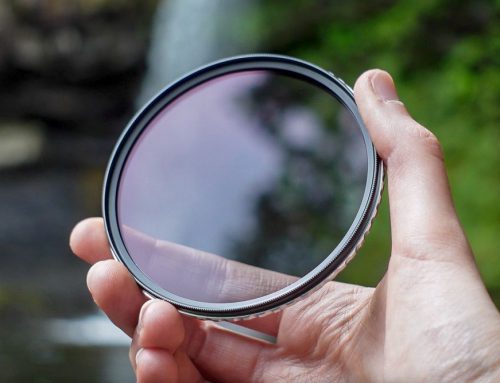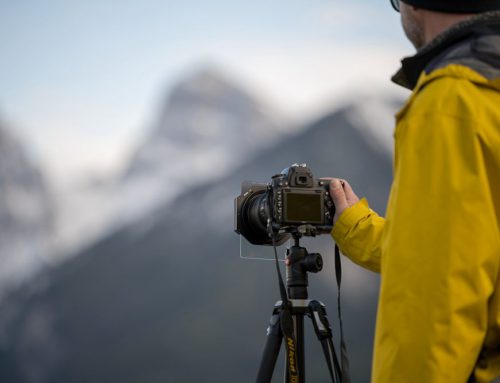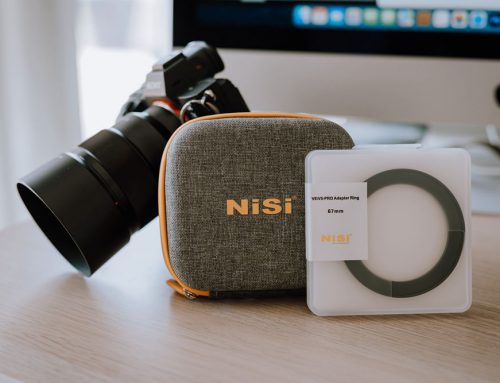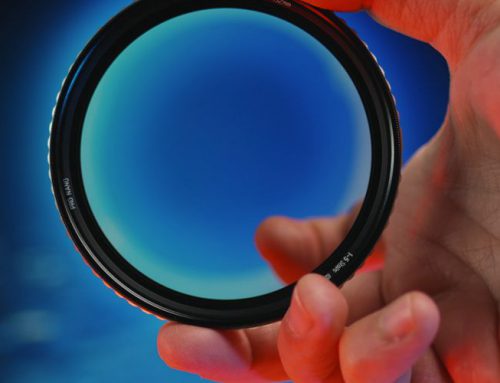Author : ALEX CONU
The sky looked a lot better when I was a kid. It was enough to go behind my house and there were countless stars visible in a beautiful dark aquamarine sky. Well, things changed quite a bit and nowadays, light pollution is more annoying than ever. We don’t have any natural night anymore. We got used to our yellowish urban skies. It’s a huge problem for visual observations of the night sky, but it’s also a problem for astrophotographers. In order to take nice, natural looking, images of the night sky, you need to go in the middle of nowhere far away from city lights and populated places.
Just a few weeks ago, NiSi launched a new filter, dubbed “Natural Night”, to help night photographers. The Natural Night filter is a light pollution killer. I received the filter from NiSi before it was launched and I started playing with it. Unfortunately, the famous Lofoten weather was against me and I was barely able to take a few shots around the islands. Then, for the whole month of April, I was in Romania and I had high hopes for better weather there. Guess what! The weather was as bad as in Lofoten.
The Natural Night filter is a square filter (comes in two square sizes: 100x100mm and 150x150mm or as a circular filter) that attaches in front of your lens via a special adaptor. I got the 100mm lens and it came with a NiSi V5 PRO 100mm aluminium filter holder. Until I get to the filter, I have to tell you that this is probably the best filter holder I ever worked with (I had Cokin and Lee holders before). It’s exceptionally well designed if you plan to use a polarizer. With the unique rotation wheel design, the CPL filter can be rotated via a cog on the back of the filter which means you no longer have to set the CPL filter before insert the other filter.
Here’s how to attach the Natural Night filter to your lens:
Like the rest of the NiSi line, this filter is made of high quality, precision annealed, optical glass. Its surface is finely ground and polished to ensure sharpness for today’s ultra high megapixel cameras. The NiSi Natural Night Filter features NiSi’s unique NANO Coating technology. This multi-layer coating reduces reflection on the surface of the filter to help with ghosting and flare. It also includes a protective layer that makes it easy to wipe off water, dust, and oil from the filter without worrying about scratching your glass. The NANO Coating process achieves this without loss in sharpness.
The filter is designed to block light wavelengths from common sources of light pollution. Unfortunately, I have no info about the spectral behaviour of the filter, but NiSi says it cuts Sodium and Mercury vapour light and other low CRI streetlights.
Two days after I received the filter, I half of the sky clear for around 15 minutes. I grabbed my Canon EOS 5D Mark III with a Canon EF 17-40mm f/4L lens and the Natural Night filter and went in front of my house in Lofoten to take a few shots. I placed the tripod right below a streetlight and took a photo in the direction of the constellation of Lyra.
I tried replicating the effect in LightRoom, using the unfiltered image and this the closest I got to it:

I also tried shooting the Northern Lights with and without the filter but, again, the weather was totally against me. Here’s a before and after taken at Uttakleiv:
The Milky Way, though faint, looks better in the filtered version and the colours are a lot closer to reality than in the unfiltered image. All before and after images in this post have been shot at the same White Balance settings. As any other light pollution filter, the NiSi Natural Night filter has a bit of an impact on the brightness of the image. The filter darkens the image with around 1 stop, maybe 1,3 stops. I adjusted my exposure or my ISO to compensate for this. This might be a problem if you shoot the night sky with an f/4 lens as the exposure may lengthen a bit too much for a photo taken from a fixed tripod. One solution would be to get a star tracker or to crank up the ISO, if your camera allows that.
Fast forward two weeks and there I was in Romania, close to the beautiful village of Biertan, in the middle of Transylvania. This was pretty much the only clear night I had during our trip to Romania. I finally managed to photograph the centre of the Milky Way after a break of three years. (I can’t see it from Northern Norway as there is no night here in summer time.)
Here’s another example. This is a photo of the Summer Triangle. This is an asterism in the shape of a triangle (DOOOH!) with the stars Vega, Deneb and Albireo as vertices. Vega is the brightest star in the constellation of Lyra, Deneb is the brightest in Cygnus, the Swan, and Albireo is the brightest in Aquila, the Eagle. The Milky Way goes through the centre of the triangle, along the constellation of Cygnus. It’s a single tripod shot taken through a Sigma 24mm f/1.4 lens.
The difference in colour quality is huge and the name Natural Night is, actually, well deserved. Emission nebulae (the small pinkish patches) along the Milky Way are a lot better visible in the filtered image. A diffusion filter was also used for the above image to better reveal the colours of the stars.
I would have loved to have more clear skies and do some proper, tracked, deep sky photography with a camera modified for astrophotography, but it wasn’t the case. This will have to wait until August, when I’ll go to the US to see the total Solar eclipse and to do some night photography.
Coming back to Bucharest, I went to do some astronomical observations with a friend from the middle of the city, at the Astronomical Institute of the Romanian Academy. While my friend was using the telescope in the image to take some photos of Jupiter, I took a few shots of the telescope in action. Here’s one with the Big Dipper above the mighty scope.
And now the big question: is the NiSi Natural Night filter just a white balance filter, only changing the colour temperature of your images? The answer is NO.
Of course, it will not add more stars to your images, it will not make faint galactic dust clouds more visible, but it will make the sky look natural. And red emission nebulae will better stand out in your final photographs, even when shooting with an unmodified camera. The filter practically kills light pollution glow above populated places offering a better contrast in your night photos. I bet the filter is very useful for cityscapes too, allowing you to get more natural looking colours. Really looking forward to shooting some astrophotography through a modded camera with the Natural Night filter.
















